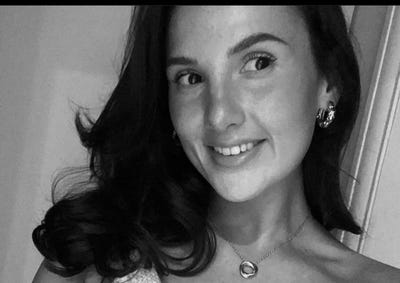Three’s a crowd? Not in this partnership, says MicroFluidXThree’s a crowd? Not in this partnership, says MicroFluidX
MFX, Tolemy Bio, and AminoAcids.com join forces to advance model-driven media optimization for cell and gene therapies.

The art of dealmaking in the life science space is complex, competitive, and considered critical for biopharma success. People are at the heart of partnerships; industry experts often comment on the difficulty of navigating interpersonal dynamics throughout collaboration.
The collaboration will use MFX's Cyto Engine process development platform, Tolemy’s expertise in AI-enabled media formulation prediction, and AminoAcids.com's media analytics capabilities to study T-cell cultures. The aim is to advance and test computationally predicted media supplements that can enhance T-cell expansion, while preserving viability and functionality.
Lindsey Clarke, VP of commercial at MicroFluidX (MFX), spoke candidly with BioXconomy about how this partnership came to fruition and the importance of “word of mouth” in the dealmaking space.
BioXconomy (BX): How did this partnership come about?
Lindsey Clarke (LC): A combination of serendipity, word of mouth and social media! I had worked with Mark Whittaker, president of Aminoacids.com, at Bio-Techne. His team there were assay specialists and were involved in designing assays around some of the products for cell and gene therapies (CGTs) that I had been involved in the launch of. When we went on to new roles, we kept in touch via LinkedIn.
At MFX, we are developing a high-throughput process optimization platform. I posted a selfie at ASGCT with our latest data. Whittaker reached out when he saw it as he has been doing a lot of media analysis for CGT companies looking to understand their cell culture processes better and wondered if I was seeing similar.
BX: And what about your connection with Tolemy Bio?
LC: Simultaneously I had been introduced to Alex Ward and Caelan Anderson, co-founders of Tolemy Bio, by another former colleague who now works at a US contract development manufacturing organization (CDMO). They were doing market research on the needs for bespoke media for improving cell therapy processes. I was suggested as a good person for them to talk to because I had been involved in media launches, but also, I was in the UK and that was where they were looking to set up their startup.
BX: What interested you in this?
LC: I was really interested in their approach as they come from the cultured meat industry where media is so critical for the commercial success of the entire industry. There has been a huge focus on optimizing and bringing in AI. When Whittaker reached out, we were already working on a plan for how we could combine the Cyto Engine with their modeling. Bringing a media testing company into the collaboration was just a no-brainer. So timing, people and a bit of luck, I think!
BX: And how do you think these types of relationships build trust?
LC: It is a massive help. We all have a common goal to see this kind of approach work, but also that shared history and connections really helps. We are also all contributing our expertise in different ways that do not overlap. MFX are doing the biological runs, AminoAcids.com are running the assays on them, and Tolemy takes all that data and generate the predictions to improve the media composition. Most importantly, the output is going to be valuable to all of us.
BX: You mentioned the different expertise you all bring to the table. What strategy will you implement to make sure this is successful?
LC: It was a really good fit from the beginning. People are key and it is great to be working with Whittaker again, as well as getting to know the Tolemy team. [The Tolemy team] is just up the road from us, as opposed to the other side of the world when we first met.
BX: What importance do you think these types of connections have when it comes to dealmaking?
LC: It is hugely important. I have seen the value of having strong connections time and time again, whether it is a sales relationship, a collaborative project, or any other kind of deal. If the people involved really want to work with you, things will go a whole lot smoother and taking the time to build those relationships is fundamental to that.
BX: Is there a difference in approach when the partnership involves three different companies?
LC: Well, the paperwork certainly gets a bit more complicated, but I think in this case having a well-defined goal and understanding where each other's expertise fits is making it easier. The fact that we are all relatively small organizations means we can be very nimble, so that helps with decision-making and getting leadership involved.
Quotes have been lightly edited for clarity.
Read more about:
Cell & Gene





.jpg?width=300&auto=webp&quality=80&disable=upscale)


